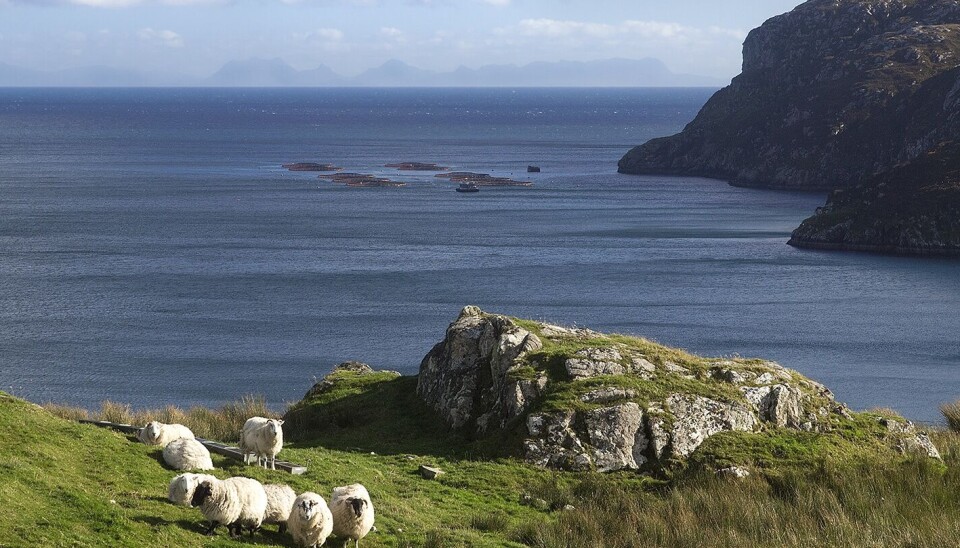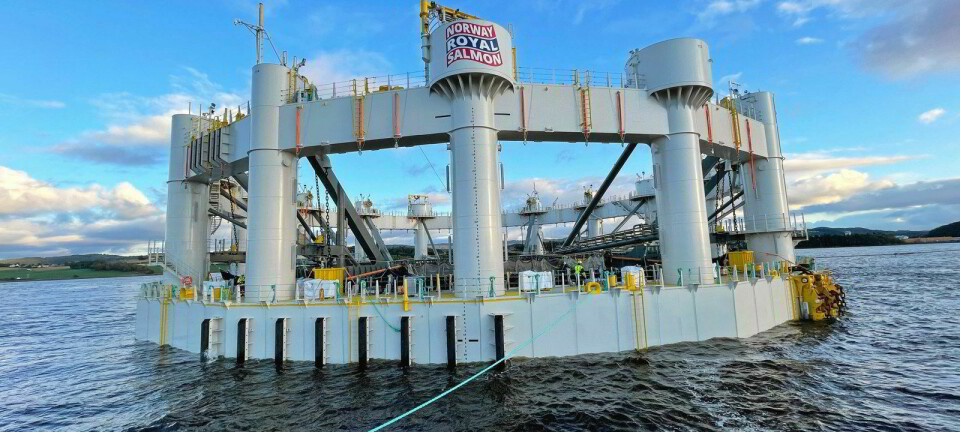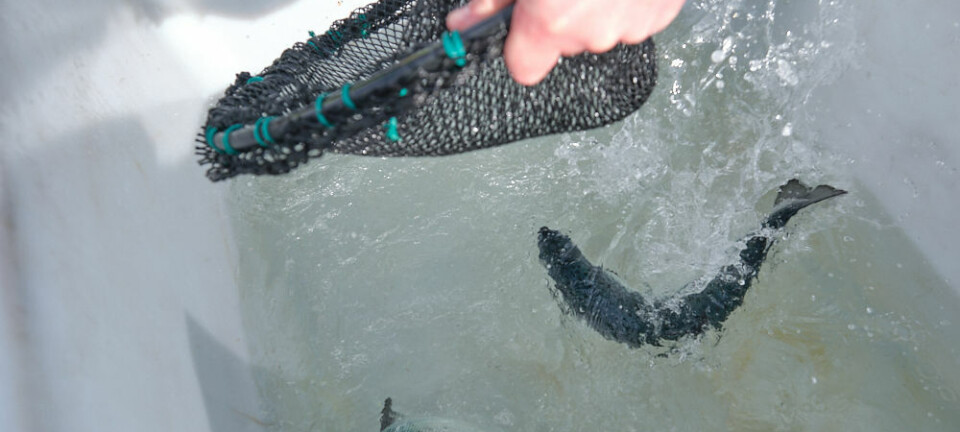
Tax change for fish farmers in the Faroes
From January 1, 2025, a new tax system is being applied to the salmon sectoras a result of a broad political agreement until 2032.
The tax change is reported by Faroes and Scotland salmon farmer Bakkafrost in a stock exchange announcement.
The maximum revenue tax is reduced from 20% to 7.5% in the Faroe Islands, and an additional corporate tax of 12% is introduced for salmon farming at sea.
According to Bakkafrost, the tax will now be based on the SISALMONI index and an average production cost for the three farming companies in the Faroe Islands: Bakkafrost, Hiddenfjord, and Mowi Faroes. The average production cost is set at 44.77 DKK (£5.04) per kilo for 2025.
The change is intended to provide more stable taxes and reduce volatility in salmon prices. Production costs, which include raw materials, employees, and depreciation, among other things, are updated annually based on audited accounts and index adjustments for consumption and feed prices.
Transitional rules apply for deferred tax related to biomass as of December 31, 2024.
Received significant increase
Since August 1, 2023, the Faroese salmon industry has paid a monthly revenue tax on harvested fish that varies between 0.5% and 20%, depending on the difference between the weighted average production cost for the industry and the FishPool index price.
Compared to the previous tax system, where the maximum revenue tax was 5.0%, the change in August 2023 represented a significant increase in tax and volatility, wrote Bakkafrost.
As a result of increased tax volatility, Bakkafrost reduced the proportion of volume sold on long-term fixed-price contracts and scaled down the production of processed products (VAP) as well as the staffing related to this.




































































